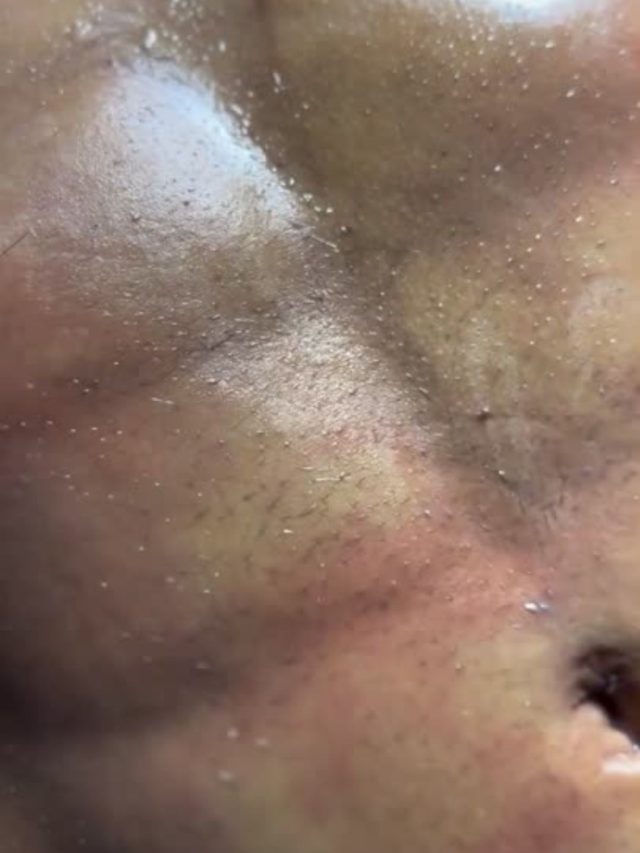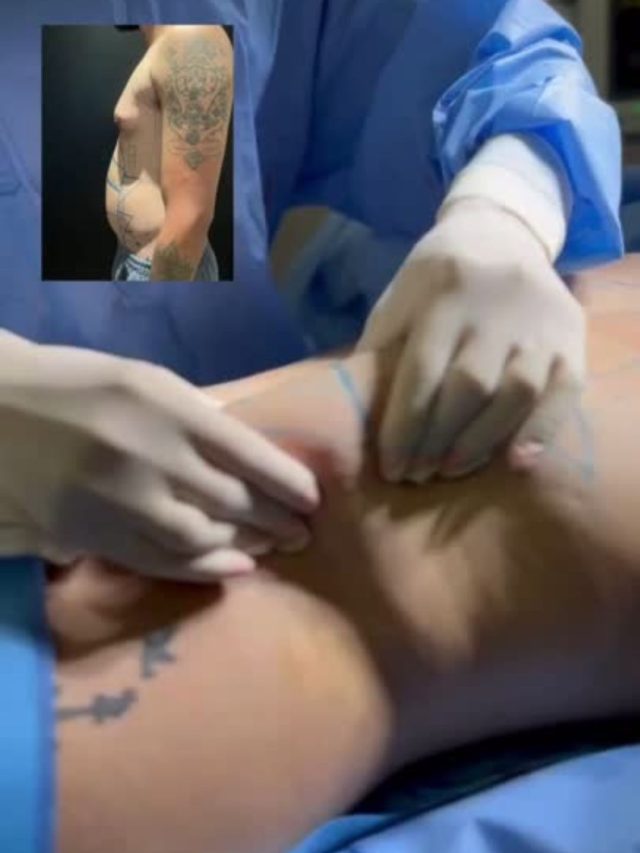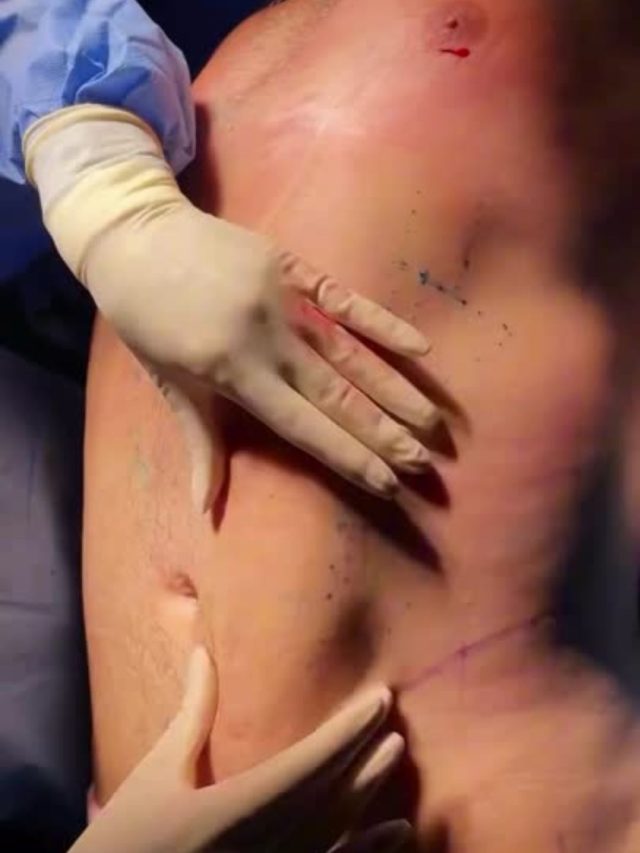Gynecomastia in Turkey
Gynecomastia in Turkey is popular due to the country’s reputation for high-quality medical care at competitive prices. Here’s a detailed overview if you’re considering gynecomastia treatment in Turkey:
Understanding Gynecomastia in Turkey: Insights, Treatment Options, and Support
Gynecomastia, the condition characterized by enlarged breast tissue in males, can be a source of significant distress. In Turkey, where both traditional and modern medical approaches are accessible, understanding gynecomastia and exploring treatment options is crucial.

Understanding and Managing Gynecomastia: A Comprehensive Guide
Gynecomastia, characterized by enlarged breast tissue in males, is a condition that can affect men of all ages and backgrounds. While it’s not typically a serious health issue, it can lead to significant emotional and psychological discomfort.
What is Gynecomastia?
Gynecomastia is a condition where males experience an increase in breast tissue, which can result in a swollen or enlarged appearance of one or both breasts. It can occur due to an imbalance in hormone levels, and while it’s often benign, it can impact self-esteem and confidence.
Understanding the Causes of Gynecomastia
Gynecomastia, a condition characterized by the enlargement of breast tissue in males, can be a source of physical and emotional discomfort. Although often benign, understanding the various causes of gynecomastia is essential for effective management and treatment.
Hormonal Imbalances
Gynecomastia is frequently caused by hormonal imbalances, where the balance between estrogen and testosterone in the body is disrupted. Estrogen is a hormone associated with female characteristics, and when present in higher levels in males, it can lead to the development of breast tissue. Key factors include:
- Puberty: During adolescence, hormonal fluctuations are common, and many boys experience temporary gynecomastia. This usually resolves on its own as hormone levels stabilize.
- Aging: As men age, testosterone levels naturally decrease while estrogen levels may remain constant or increase, potentially leading to gynecomastia.
Medications
Certain medications can contribute to gynecomastia by affecting hormone levels or causing other physiological changes. Common medications linked to gynecomastia include:
- Antibiotics: Some antibiotics, such as isoniazid and minocycline, have been associated with gynecomastia.
- Anti-Androgens: Drugs used to treat prostate cancer, such as flutamide and spironolactone, can disrupt hormone balance and cause breast tissue growth.
- Antidepressants: Certain medications for depression, including selective serotonin reuptake inhibitors (SSRIs), have been linked to gynecomastia.
- Heart Medications: Some drugs used for heart conditions, such as digoxin and calcium channel blockers, can also cause gynecomastia.
Health Conditions
Underlying medical conditions can influence hormone levels or lead to gynecomastia:
- Liver Disease: Chronic liver conditions can affect hormone metabolism and lead to an imbalance in estrogen and testosterone levels.
- Kidney Failure: Kidney dysfunction can cause hormonal imbalances that contribute to gynecomastia.
- Hormonal Disorders: Conditions such as hyperthyroidism, hypothyroidism, or pituitary gland disorders can lead to abnormal hormone levels and gynecomastia.
- Tumors: Certain tumors, such as testicular tumors or adrenal tumors, can secrete hormones that cause gynecomastia.
Substance Use
Substance abuse and lifestyle choices can impact hormone levels and contribute to gynecomastia:
- Alcohol: Excessive alcohol consumption can interfere with hormone production and metabolism, leading to gynecomastia.
- Recreational Drugs: The use of drugs such as marijuana, anabolic steroids, and heroin has been linked to gynecomastia. Anabolic steroids, in particular, can disrupt the hormonal balance and cause breast tissue growth.
- Caffeine and Nicotine: While less directly linked, excessive consumption of caffeine and nicotine can affect overall health and potentially influence hormone levels.
Obesity
Excess body fat can lead to pseudo-gynecomastia, where enlarged breasts are primarily due to an accumulation of fat rather than glandular tissue. Fat cells can convert testosterone into estrogen, increasing estrogen levels and contributing to breast tissue growth. Managing obesity through diet, exercise, and lifestyle changes can help alleviate pseudo-gynecomastia.
Genetic Factors
Genetics can play a role in the development of gynecomastia. If gynecomastia runs in your family, you may be at a higher risk of developing the condition. Genetic predisposition can affect how your body processes hormones and responds to various factors.
Idiopathic Gynecomastia
In some cases, the exact cause of gynecomastia remains unknown. This is referred to as idiopathic gynecomastia. Despite extensive testing and evaluation, no specific cause can be identified. However, idiopathic gynecomastia can still be managed with appropriate treatments.
Gynecomastia Recovery and Aftercare: What to Expect and How to Optimize Your Results
Gynecomastia surgery, whether through liposuction or mastectomy, is a significant step towards addressing enlarged breast tissue in males. While the procedure can be highly effective, proper recovery and aftercare are crucial for achieving the best results and ensuring a smooth healing process.
Understanding the Procedure
Gynecomastia surgery can vary depending on the severity and type of gynecomastia:
- Liposuction: Primarily used for pseudo-gynecomastia, this procedure removes excess fat from the chest area.
- Mastectomy: Involves the surgical removal of glandular tissue and is used for more pronounced gynecomastia. It can be performed through traditional open surgery or minimally invasive techniques.
Immediate Post-Operative Care
- Recovery Room: After the surgery, you’ll spend some time in a recovery room where medical staff will monitor you as you wake up from anesthesia.
- Pain Management: Mild to moderate pain is common following the procedure. Your surgeon will prescribe pain relief medications to manage discomfort. Over-the-counter pain relievers may also be recommended.
- Dressings and Compression Garments: You will wear a compression garment to help reduce swelling and support the healing process. Keep the area clean and follow your surgeon’s instructions regarding garment wear.
At-Home Care
Wound Care
- Keep Incisions Clean: Follow your surgeon’s guidelines for cleaning the surgical sites. Use mild soap and water, and avoid scrubbing or using harsh chemicals.
- Monitor for Infection: Watch for signs of infection, such as increased redness, swelling, warmth, or discharge. Contact your surgeon if you notice any concerning symptoms.
Pain and Swelling Management
- Rest and Elevation: Rest is crucial for recovery. Elevate your upper body when lying down to help reduce swelling.
- Apply Ice: Using ice packs on the chest (wrapped in a cloth to avoid direct contact with skin) can help manage swelling and discomfort.
Medication
- Follow Prescriptions: Take any prescribed medications, including pain relievers and antibiotics, as directed. Do not self-medicate or adjust dosages without consulting your healthcare provider.
Activity and Lifestyle Adjustments
- Avoid Strenuous Activities: Refrain from heavy lifting, vigorous exercise, or any activities that strain the chest muscles for at least 4-6 weeks, or as directed by your surgeon.
- Gradual Return to Exercise: After the initial recovery period, gradually reintroduce physical activity. Start with light exercises and avoid activities that involve the chest until cleared by your surgeon.
- Adopt a Healthy Lifestyle: Maintain a balanced diet and stay hydrated to support overall healing. Avoid smoking and limit alcohol consumption, as these can interfere with the recovery process.
Gynecomastia Surgery in Turkey: Cost Overview and What to Expect
Gynecomastia surgery is a transformative procedure for those struggling with enlarged breast tissue. Turkey has become a popular destination for medical tourism, particularly for cosmetic procedures, due to its high-quality care and competitive pricing.
Gynecomastia Surgery Costs in Turkey
Turkey has become a hub for medical tourism, offering gynecomastia surgery at more affordable rates compared to many Western countries. Here’s a breakdown of the typical costs:
- Liposuction: $2,000 to $4,000 USD
- Mastectomy: $3,000 to $6,000 USD
These prices often include pre-operative consultations, the surgery itself, and post-operative care. Turkey’s lower cost of living and high-quality medical care contribute to these competitive rates.
Gynecomastia Surgery: Comparing Costs in Turkey vs. Other Countries
Gynecomastia surgery, aimed at reducing enlarged breast tissue in males, is increasingly sought after worldwide. While Turkey is renowned for offering high-quality medical procedures at competitive prices, it’s essential to compare these costs with those in other countries to make an informed decision.
Gynecomastia Surgery Costs in the United States
In the U.S., gynecomastia surgery is significantly more expensive due to higher healthcare costs and surgeon fees:
- Liposuction: $5,000 to $7,000 USD
- Mastectomy: $6,000 to $8,000 USD
Additional costs, such as facility fees, anesthesia, and post-operative care, can further increase the total expenditure. Health insurance coverage may vary, and many plans do not cover cosmetic procedures.
Gynecomastia Surgery Costs in the United Kingdom
In the UK, gynecomastia surgery costs are also higher, influenced by the cost of healthcare services and the NHS’s limited coverage for cosmetic procedures:
- Liposuction: £4,000 to £6,000 GBP ($5,000 to $7,500 USD)
- Mastectomy: £5,000 to £7,000 GBP ($6,250 to $8,750 USD)
Patients may need to pay for consultations, hospital stays, and post-operative care out of pocket.
Gynecomastia Surgery Costs in Canada
Gynecomastia surgery in Canada is similarly costly, with prices often on par with or slightly higher than in the UK:
- Liposuction: CAD 6,000 to CAD 8,000 ($4,500 to $6,000 USD)
- Mastectomy: CAD 7,000 to CAD 9,000 ($5,250 to $6,750 USD)
Costs can vary depending on the clinic and region, and as with the UK and US, cosmetic surgery may not be covered by health insurance.
Gynecomastia Surgery Costs in Australia
Australia, known for its high standard of medical care, also has relatively high costs for gynecomastia surgery:
- Liposuction: AUD 6,000 to AUD 8,000 ($4,000 to $5,500 USD)
- Mastectomy: AUD 7,000 to AUD 10,000 ($4,750 to $7,000 USD)
Private healthcare costs and out-of-pocket expenses contribute to these rates.
Gynecomastia surgery in Turkey offers a cost-effective option for those seeking to address enlarged breast tissue, with prices significantly lower than in countries like the United States, the United Kingdom, Canada, and Australia.
Frequently Asked Questions
What is Gynecomastia?
Gynecomastia is a condition characterized by the enlargement of breast tissue in males, often due to a hormone imbalance. It can affect one or both breasts and may cause discomfort or self-consciousness.
What causes Gynecomastia?
- Hormonal imbalances (testosterone and estrogen)
- Medications (e.g., certain antidepressants, steroids)
- Health conditions (thyroid disorders, kidney or liver diseases)
- Alcohol or drug use (e.g., marijuana, heroin)
- Obesity
Why choose Turkey for gynecomastia surgery?
Turkey is a popular destination for medical tourism due to:
- Affordable costs compared to Europe and the US.
- High standards of medical care with experienced plastic surgeons.
- Modern hospitals and clinics equipped with advanced technology.
- All-inclusive packages (e.g., accommodation, transfers, consultations).
How much does gynecomastia surgery cost in Turkey?
The cost varies depending on the clinic, surgeon, and extent of the procedure, but prices typically range from $1,500 to $3,500. This is significantly lower than in many Western countries.
What is the procedure for gynecomastia surgery?
Gynecomastia surgery involves liposuction to remove fat, and sometimes glandular tissue excision, to create a flatter, more masculine chest contour. It’s typically performed under general anesthesia and takes 1-2 hours.
What is the recovery process like?
- You may experience bruising, swelling, and discomfort for a few days.
- A compression garment is usually worn for several weeks to help with healing.
- Most people can return to work within a week, but strenuous activity should be avoided for at least 4-6 weeks.
Is gynecomastia surgery safe?
When performed by a qualified and experienced plastic surgeon, gynecomastia surgery is generally safe. As with any surgery, there are risks, including infection, scarring, and asymmetry.
How to find the best gynecomastia surgeon in Turkey?
- Look for a board-certified plastic surgeon with experience in gynecomastia surgery.
- Check reviews and before-and-after photos.
- Ask for referrals or consult medical tourism agencies.
Are there any side effects or complications?
Potential side effects include:
- Scarring
- Asymmetry
- Changes in nipple sensation
- Hematoma (blood pooling under the skin)
- Infection (though rare with proper care)
How long do the results last?
The results of gynecomastia surgery are usually permanent. However, weight gain, hormonal changes, or the use of certain drugs may cause the condition to recur.
Do I need to stay in Turkey for follow-up appointments?
Most clinics recommend staying in Turkey for 5-7 days post-surgery to monitor your recovery. After that, follow-up can often be done via video consultations.
Is gynecomastia surgery covered by insurance?
In most cases, gynecomastia surgery is considered a cosmetic procedure, so it is not covered by insurance. However, if it’s causing significant pain or health issues, some insurance companies may consider coverage.
What should I expect during the consultation?
During the consultation, your surgeon will:
- Assess your condition (physical examination, possibly imaging)
- Discuss the causes of your gynecomastia
- Review your medical history and medications
- Explain the surgical process and expected outcomes
What are the alternatives to surgery for gynecomastia?
- Hormonal treatments (if caused by an imbalance)
- Lifestyle changes (diet and exercise)
- Stopping certain medications or substances that might be contributing to the condition
Can gynecomastia return after surgery?
While the results are typically permanent, gynecomastia can return due to factors like hormonal changes, weight gain, or the use of drugs that promote breast tissue growth.













